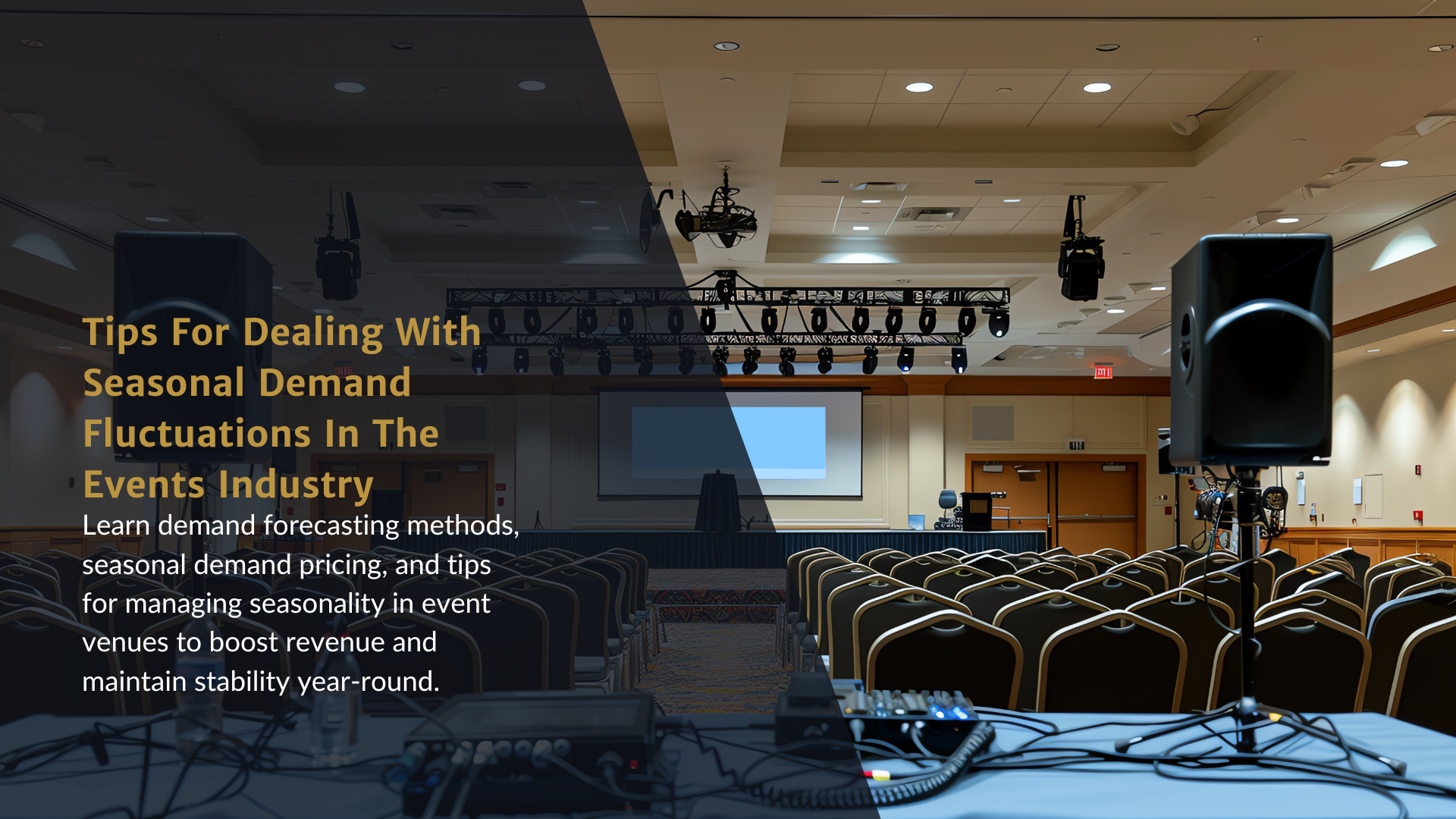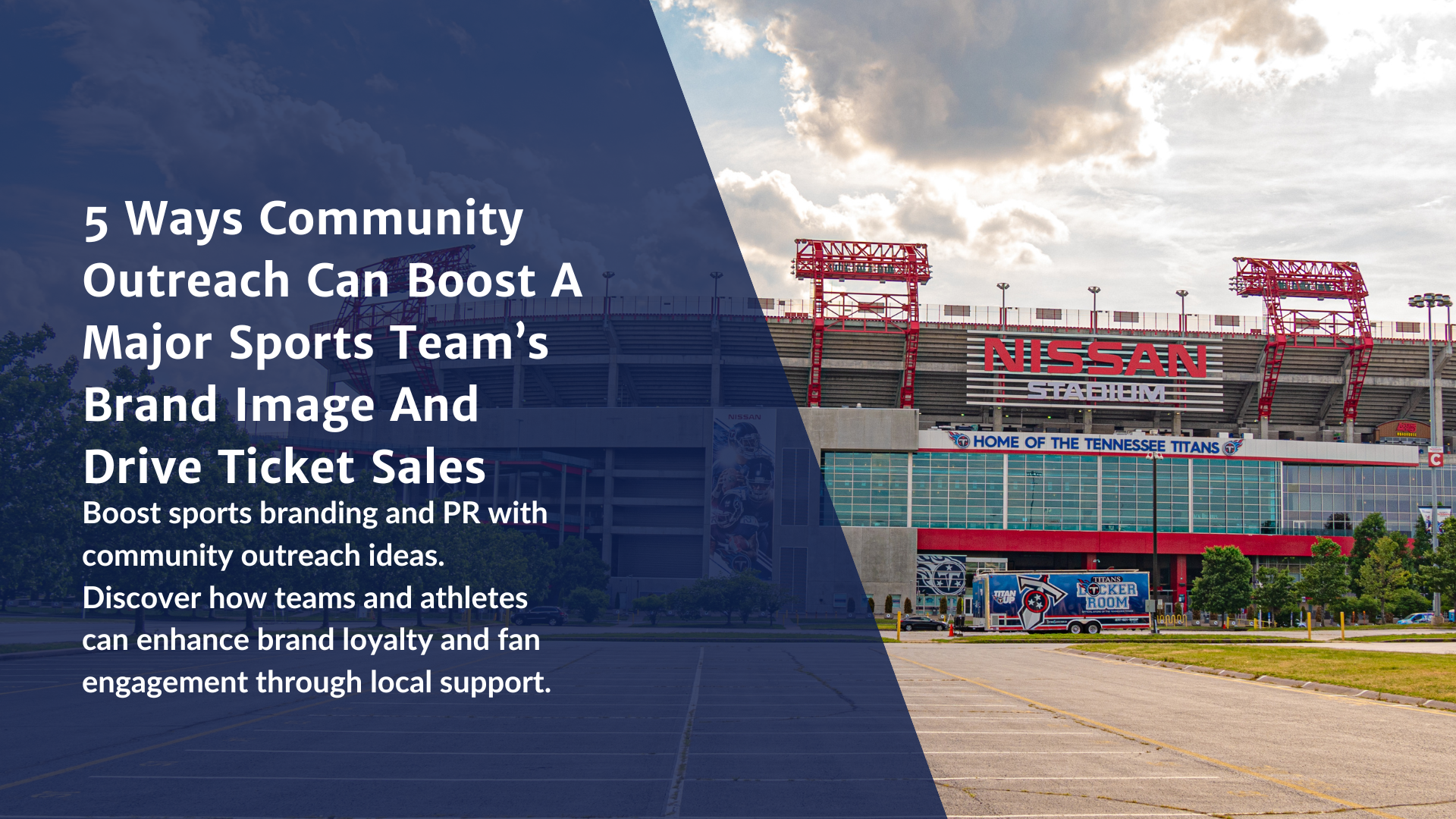Tips For Scheduling Hybrid Events Across Multiple Timezones To Maximize Attendance
How do you plan a hybrid event that engages attendees from different corners of the globe? Navigating time zone differences is crucial for maximizing participation and creating a seamless experience. With thoughtful scheduling and the right tools, hybrid events can effectively connect both in-person and virtual audiences worldwide. Here’s how to plan a hybrid event that boosts engagement across multiple time zones.
1. Know Your Audience’s Time Zones
A successful hybrid event begins with understanding the locations of your global audience. Mapping out your attendees' time zones is crucial for choosing optimal start and end times. Start by identifying the primary regions where your audience is based, noting clusters of employees in key time zones. If the majority of your audience is located in the Americas, Europe, and Asia, try to schedule the event during a time that overlaps with these regions’ business hours.
To keep things organized, consider creating a “time zone matrix” to pinpoint overlapping windows where attendees in different regions can participate. This approach can help you avoid common scheduling conflicts and choose time frames that best suit the majority of attendees.
2. Choose the Right Hybrid Event Platform
Selecting a hybrid event platform that accommodates a global audience is essential. Look for platforms that offer flexibility with time zone settings, allowing participants to view event times in their local zones. Additionally, ensure that your platform has robust support for live streaming, on-demand content, and interactive features like Q&A and polls to keep remote attendees engaged.
Many hybrid event platforms offer built-in tools to manage hybrid events across time zones. For example, some platforms provide time zone conversions and automatic reminders based on each participant’s location, helping them stay organized and engaged. When researching options, prioritize a platform that supports your global scheduling needs and provides a seamless experience for both in-person and virtual attendees.
3. Prioritize Accessibility with Flexible Scheduling
To accommodate a wide range of time zones, consider offering multiple sessions or providing on-demand content for your hybrid events. Flexible scheduling allows attendees to participate at a convenient time, regardless of their location. For instance, you could hold one session in the morning for attendees in the Americas and a second session in the evening for those in Asia and Europe.
Benefits of flexible scheduling for hybrid events:
- Increases Participation Rates: Offering sessions at different times allows more people to attend live, regardless of time zone.
- Improves Accessibility: Employees with scheduling conflicts or non-standard work hours can still engage with the content.
- Enhances Engagement: Multiple session options let attendees choose the time that works best for their energy levels and focus, leading to more attentive and engaged participation.
4. Leverage Demand Forecasting to Anticipate Peak Attendance Times
Understanding when your target audience is most likely to engage can help you optimize the event schedule. Use data from previous hybrid events or engagement metrics from other corporate meetings to identify peak attendance times. Reviewing this data allows you to set realistic attendance goals and determine whether a single session or multiple sessions would be most effective.
If possible, conduct a pre-event survey asking employees about their preferred session times. Not only does this provide valuable scheduling insights, but it also shows that you’re committed to creating an event that accommodates your team’s needs.
5. Plan for Hybrid Event Production Across Time Zones
Hybrid event production can be complex, especially when coordinating a global audience. Work closely with your production team to ensure that technical aspects, such as live streaming quality, video, and audio, are optimized for remote attendees. Communicate with production teams in advance to account for any time zone differences that might impact setup, rehearsals, or tech support.
If your event requires live translations or language-specific breakout sessions, consider how these can be accommodated for global attendees. Many hybrid event management teams choose to work with production companies that have experience in handling international events to ensure that every detail is covered. From bandwidth checks to testing remote connectivity, proactive preparation can make a big difference in delivering a seamless experience across time zones.
6. Provide Clear Communication and Automated Reminders
One key to maximizing attendance at hybrid events is clear communication. Send out event information well in advance and provide time zone-adjusted schedules to make it easier for global attendees to plan their participation. Automated reminders sent via the hybrid event platform are particularly useful for keeping everyone on track. Look for a platform that can send reminders customized by each participant’s time zone.
Also, offer a user-friendly schedule with local times listed next to each session. This way, attendees have a clear understanding of when sessions will take place, reducing confusion and helping everyone stay organized.
7. Make Use of Interactive Features to Boost Engagement
Maximizing attendance is not only about getting people to join the event but also ensuring they stay engaged. Interactive features like live Q&A sessions, polls, and breakout rooms can help keep virtual attendees actively involved. Incorporate these elements to ensure that remote participants have the opportunity to interact with speakers, network with other attendees, and engage with the content.
Engagement tools for hybrid events:
- Live Polls: Encourage audience interaction by including real-time polling during sessions.
- Virtual Networking Breakouts: Offer breakout rooms for networking and discussions tailored to different time zones.
- Q&A Sessions with Speakers: Allow remote attendees to submit questions and participate directly in discussions, bridging the gap between in-person and virtual participants.
8. Prepare for Follow-Up After the Event
A successful hybrid event doesn’t end once the last session concludes. Following up with attendees is an essential step to ensure that they feel valued and engaged. After the event, send a thank-you email that includes links to recorded sessions and additional resources. For global audiences, make these recordings accessible in various time zones and provide local-language captions if necessary.
You can also send out a feedback survey to gauge the success of the event and gather insights for future improvements. Collecting feedback helps you refine your approach to hybrid event management and shows attendees that their experience and opinions matter.
Final Thoughts on Managing Hybrid Events Across Multiple Time Zones
The key takeaway is that scheduling a hybrid event for a global audience requires thoughtful planning, but with the right strategies, it’s highly effective for engaging employees worldwide. Using demand forecasting, flexible scheduling, and an optimized hybrid event platform can boost attendance and create a seamless experience for all participants.
At LaMarvelous Balloons in Nashville, we specialize in creating decor that elevates hybrid events, blending physical and virtual atmospheres for a memorable experience. Let us help bring your next event to life, making it impactful for all attendees, no matter where they join from! Reach out today to discuss your vision.
FAQs: Hybrid Events
What is needed for a hybrid event?
A successful hybrid event requires a reliable event platform, quality audio-visual equipment, and seamless internet connectivity for streaming. Interactive features like live Q&A, polls, and breakout rooms help engage virtual attendees. Additionally, a clear schedule that considers different time zones ensures accessibility for a global audience, maximizing attendance and enhancing the overall experience.
Are hybrid events cheaper?
Hybrid events can be cost-effective but aren’t necessarily cheaper. They save on travel and accommodation expenses for remote attendees, but additional technology, streaming equipment, and platform fees can add costs. However, the potential to reach a larger audience and increased flexibility make hybrid events valuable investments for many organizations.
Why choose a hybrid event?
Hybrid events allow companies to engage both in-person and virtual attendees, providing flexibility for participants who can’t travel. They offer a broader reach, accommodating a global audience while enhancing participation and accessibility. This format also allows for valuable data collection, helping organizations measure engagement and improve future events.
What are the challenges of a hybrid event?
Challenges of a hybrid event include managing technical issues, ensuring equal engagement for both in-person and virtual attendees, and coordinating across time zones. It requires careful planning, reliable technology, and flexible scheduling to address these obstacles. Balancing interaction between physical and virtual audiences is essential for a cohesive experience.











